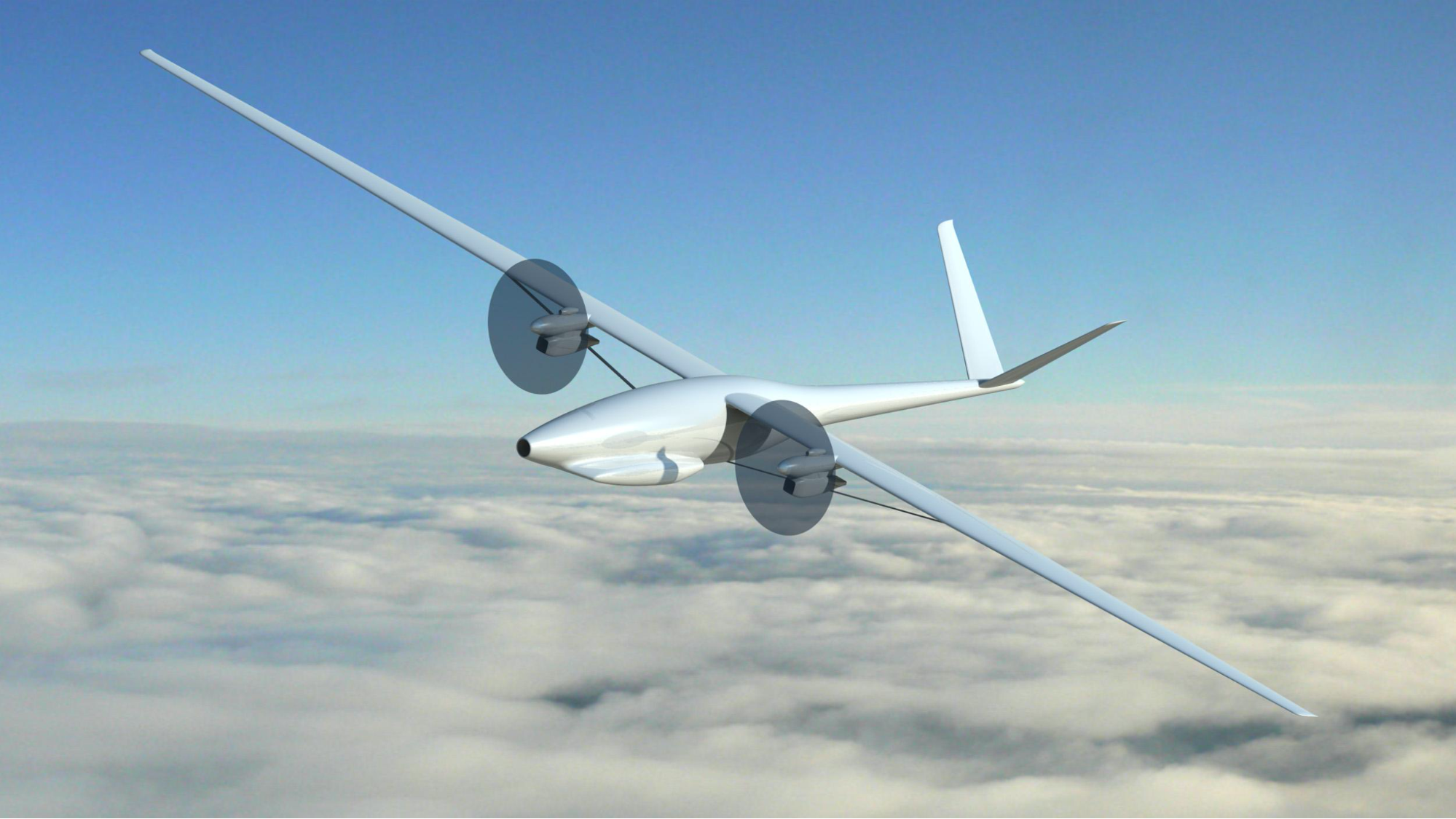
Startup of the UK Stratospheric Platforms together with the American company Northrop Grumman is working on a hydrogen twin-engine stratospheric UAV. One such device is capable of providing 5G coverage to a cell with a cell diameter of 140 km.
The stratospheric drone is manufactured according to the high-wing design with a V-shaped tail unit.
UAV characteristics:
- weight - 3.5 tons;
- wingspan - 60 meters;
- flight altitude - 18.3 thousand m;
- flight duration - 9 days.
The first test flight is scheduled for 2022.
It is known that the startup previously tested a 4G communication system with the installation of base stations on aircraft. The experiment was carried out on a Grob G 520 aircraft at an altitude of 13.7 thousand meters. At the moment, good results have been achieved, with a channel bandwidth of about 70 MB / s for subscribers and 20 MB / s for subscribers.
The British startup is not alone in developing and supporting cellular communications using drones. The idea is quite popular, because such a system, subject to competent technical implementation, will help to establish communications in hard-to-reach regions, increase the subscriber base, avoiding significant investments in the construction of new cell towers.
Not one of a kind

Along with the Stratospheric Platforms, it is developing similar drones, HAPS Mobile , a subsidiary of SoftBank, to provide connectivity in hard-to-reach places. Together with Loon , a subsidiary of Alphabet Inc., they are working on a cellular communication system using balloons. The startups were tested in the stratosphere on a Sunglider drone designed as a single wing with a span of 78 meters. The device is powered by solar panels. The UAV is driven by propellers.

The total flight time was 20 hours 16 minutes, the drone was at the edge of the stratosphere for 5 hours 38 minutes. During a test flight, Sunglider was able to establish an LTE connection. The flight was carried out in difficult weather conditions: the wind speed reached 100 km / h, and the temperature dropped to -73 degrees Celsius.
Flying at an altitude of 20 km above the level, the Sunglider is capable of lifting a payload with a payload of up to 68 kg. The drone can stay in the atmosphere for several months without landing.
